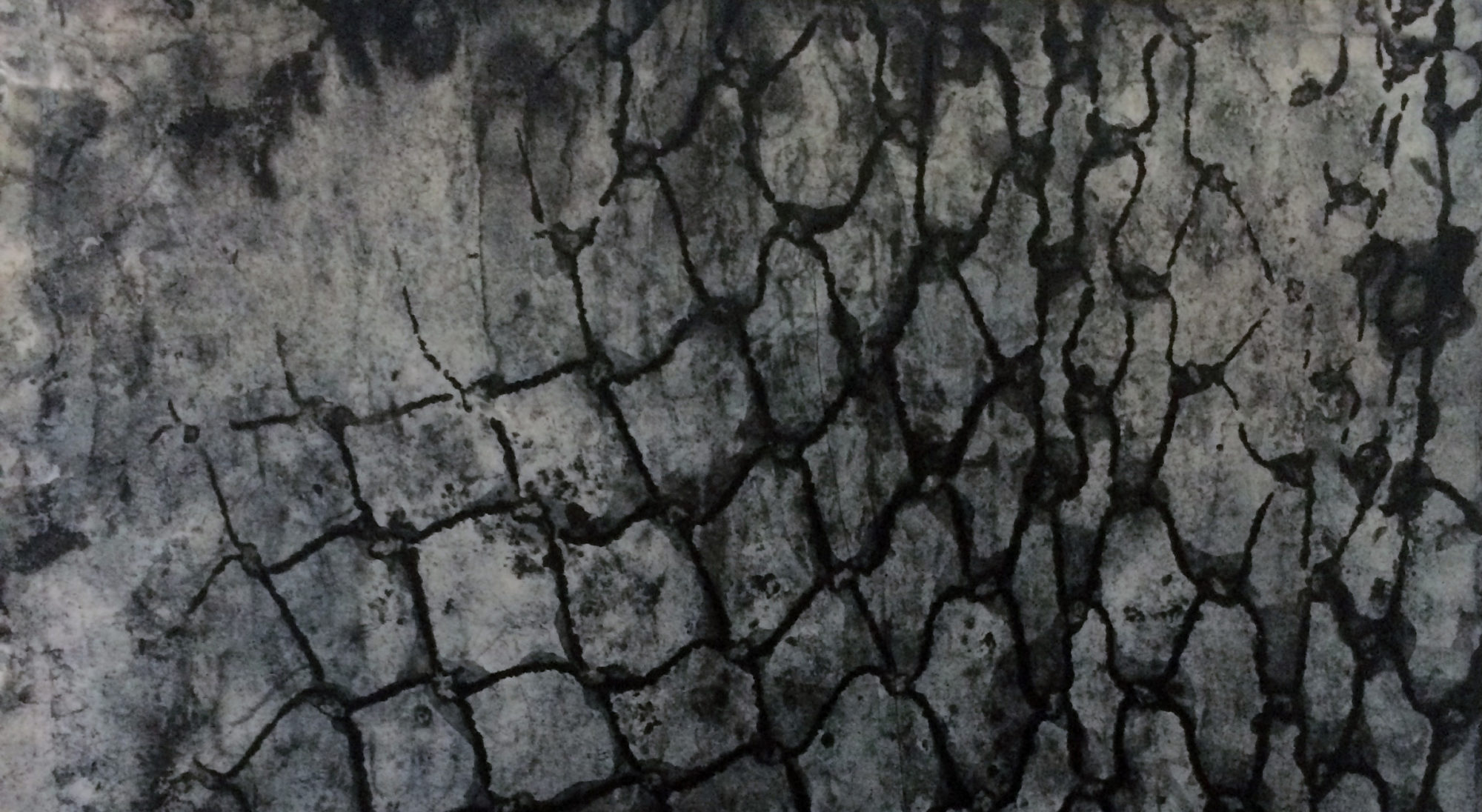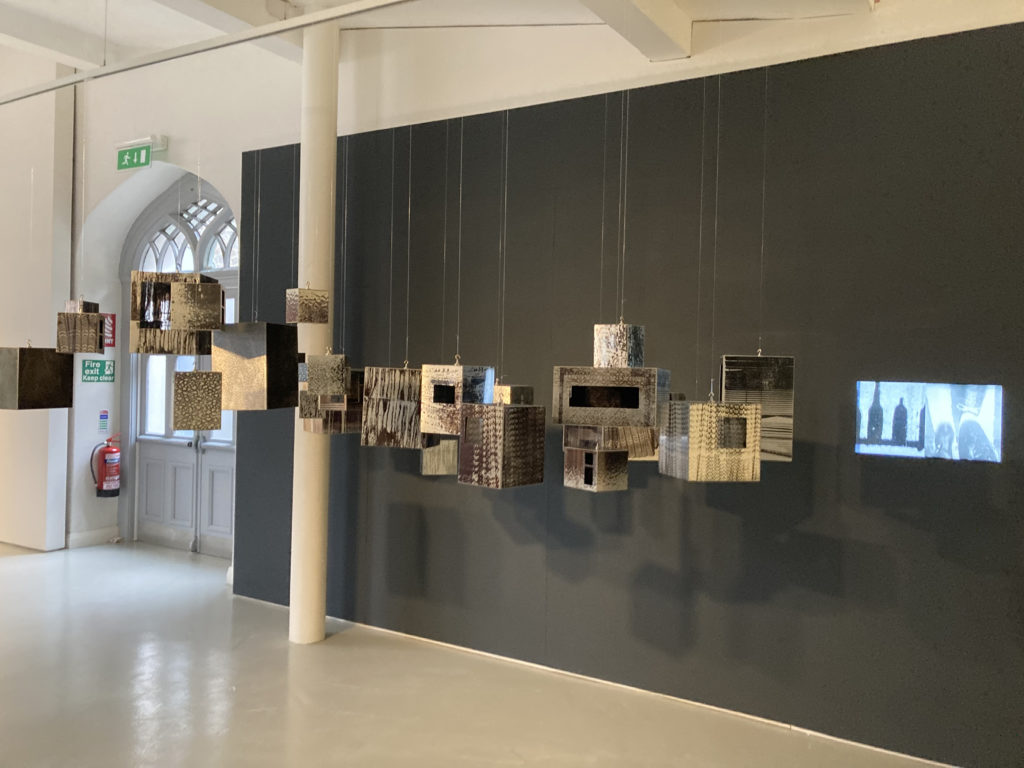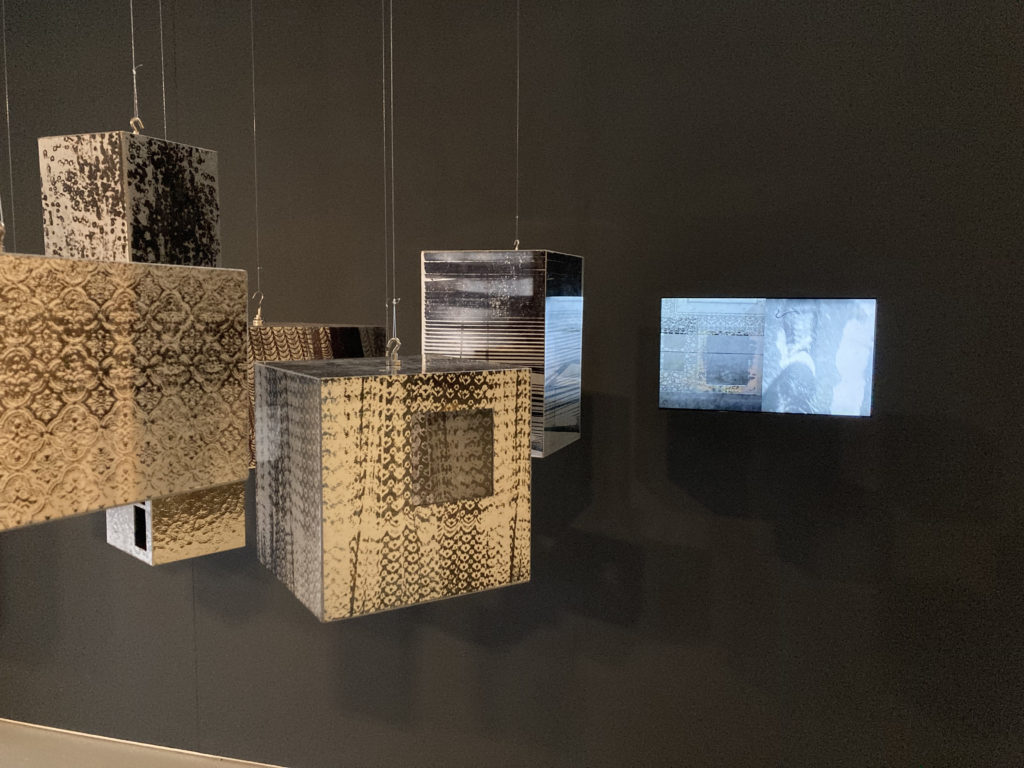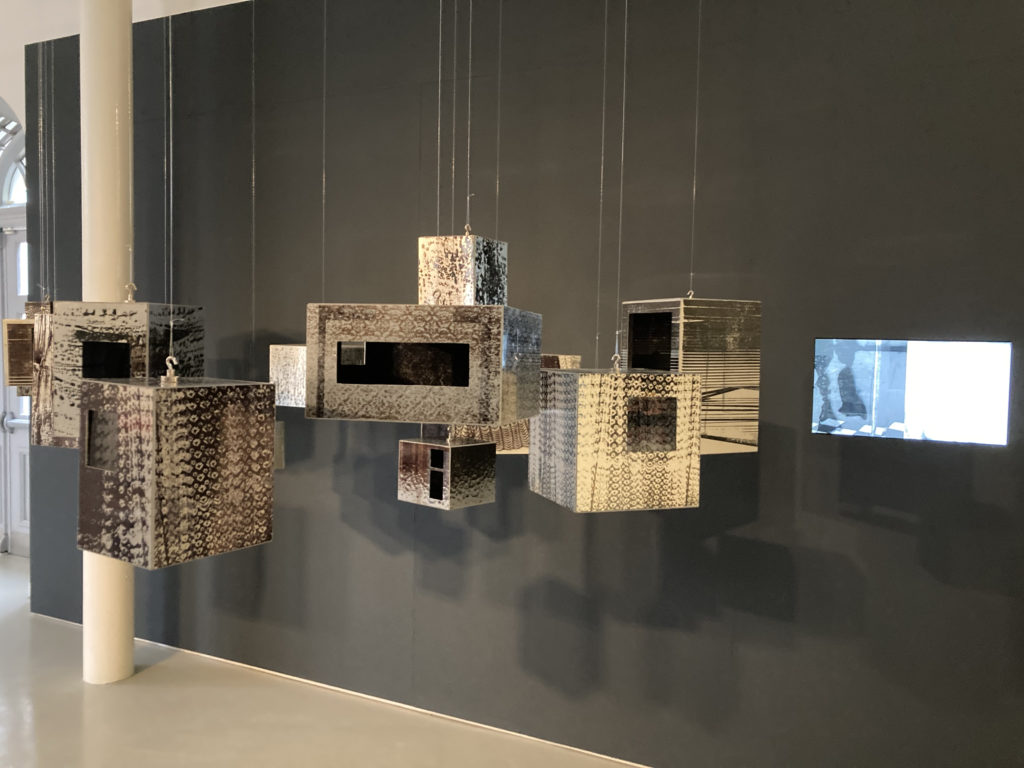
Exhibition Dates 14 August – 2 October, 2021
Helen Cammock, Sean Edwards, Joy Gerrard, Seamus Harahan, Anthony Kelly & David Stalling, L.S. Lowry, Christine Mackey, Niamh McGuinne, Hardeep Pandhal, Kathy Prendergast, Gary Reilly, Dorothy Smith, Andrea Luka Zimmerman.
Cities in Ireland, the UK and across the world have developed and diversified more rapidly over the last ten years than ever before in their long histories, and today over half of the world’s population live in an urban area.
With the Coronavirus pandemic and Black Lives Matter movement, there has been much reflection on what we now want from our urban environments. This exhibition aims to look at how city dwellers and society have engaged with their built-up surroundings and, will hopefully prompt conversations about towns and cities of the future. The many facets of city life – architecture, migration, commuting, crowds, noise, lights – have been a rich source of inspiration to artists and this exhibition brings together a diverse range of work and media, and considers some relevant topical issues.
The film works are all from the UK’s Arts Council Collection, at the Southbank Centre, which is the largest loan collection of modern and contemporary British art, with works from the Drogheda Municipal Art Collection, as well as from artists living and working in Ireland and the UK.
Peripheral + Surreal Estate
Peripheral, 2019, 03:24, music by Lisa O’Neill and Christophe Capewell
Surreal Estate, 2013, thermal transfer screen print on constructed aluminium boxes containing interiors with etchings/screen prints/monoprints.
The protagonist in Peripheral is the artist who is continually searching for a sense of place, physically and metaphorically, often on the fringes of society. Being of no perceived economic value or use to the majority, but instead considered surplus to requirement, the artist abides.
Surreal estate grew out of my interest in shadows, reflections and windows. Working in a beautiful old studio surrounded by a variety of old and disused windows, obsolete vitrines and historic picture glass, I was particularly drawn to how the inherent distortions formed in glass during manufacture and the subsequent creep of ageing can influence how and what we see. Such idiosyncratic textures together with additional visual patterns of rain, dust and oil provide a unique impression; a distorted reality. This in turn led me to look closer at patterned and decorative glass, nets, curtains and blinds, all of which control or alter what we allow of our private life to be seen and how we view our surroundings.



